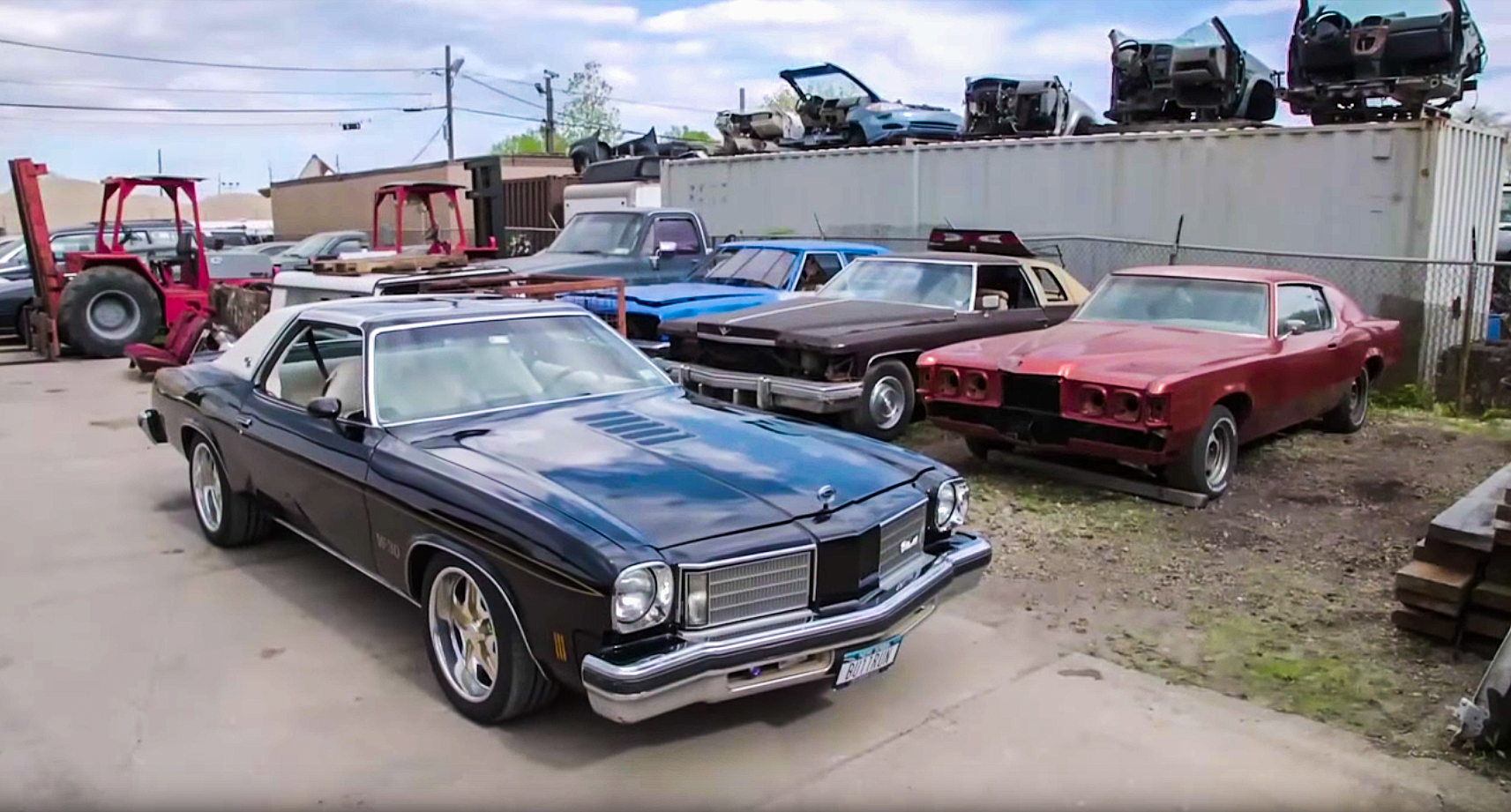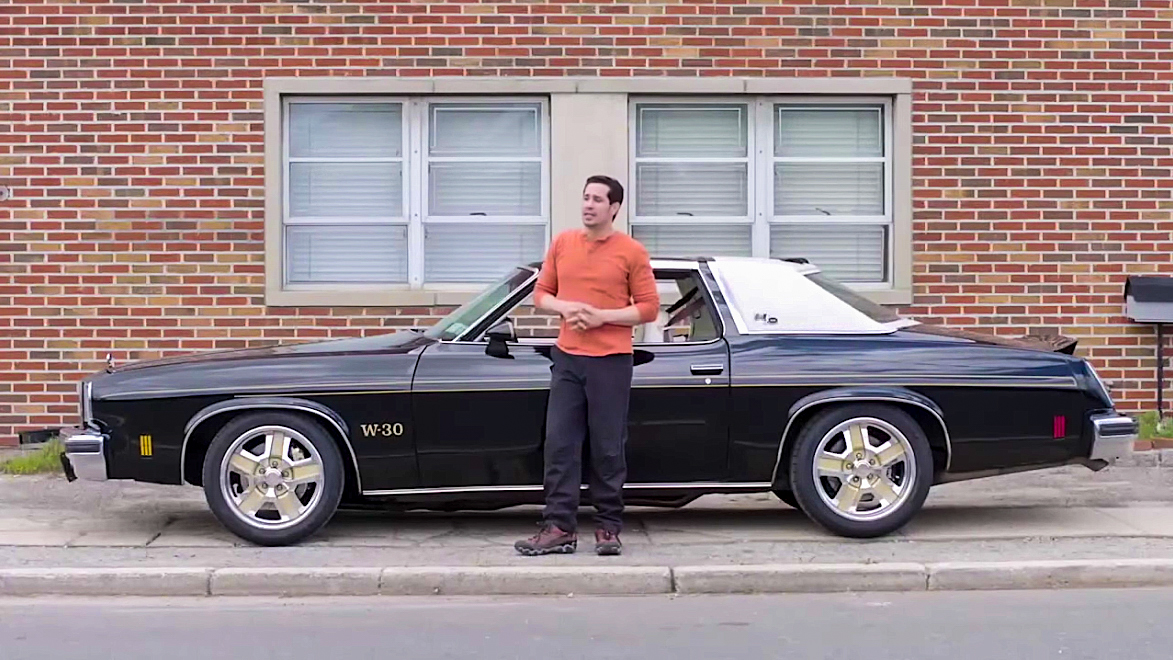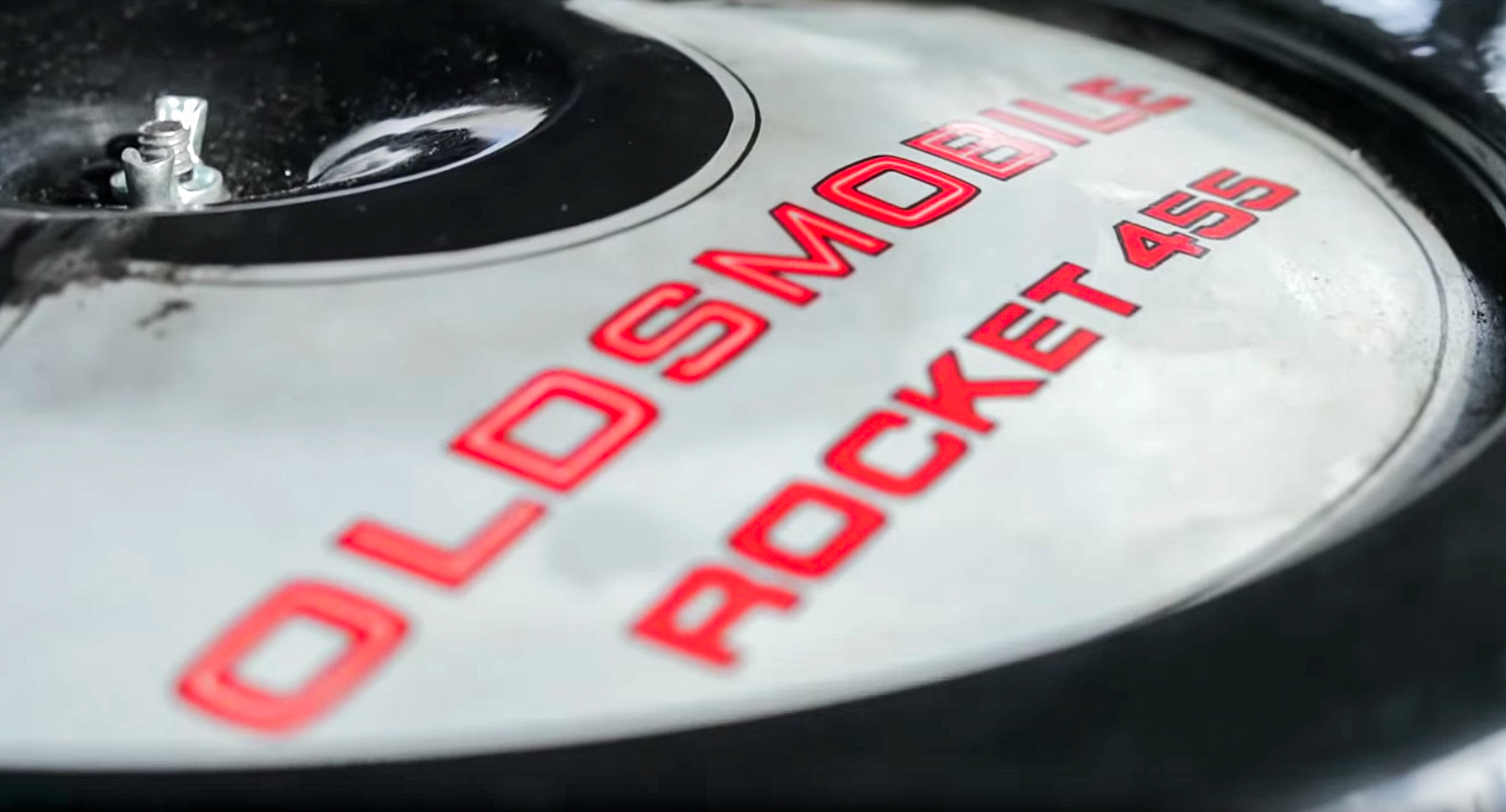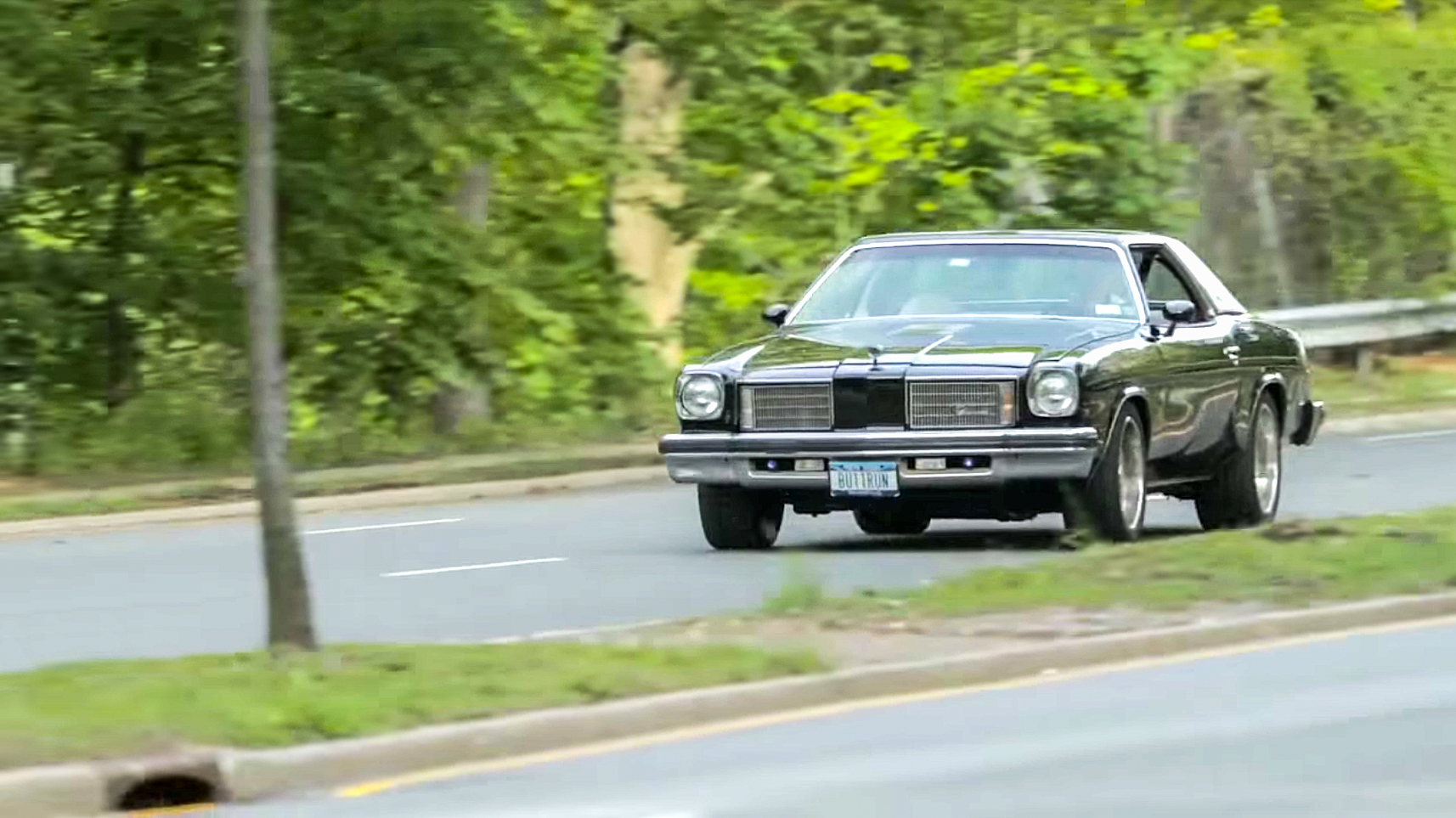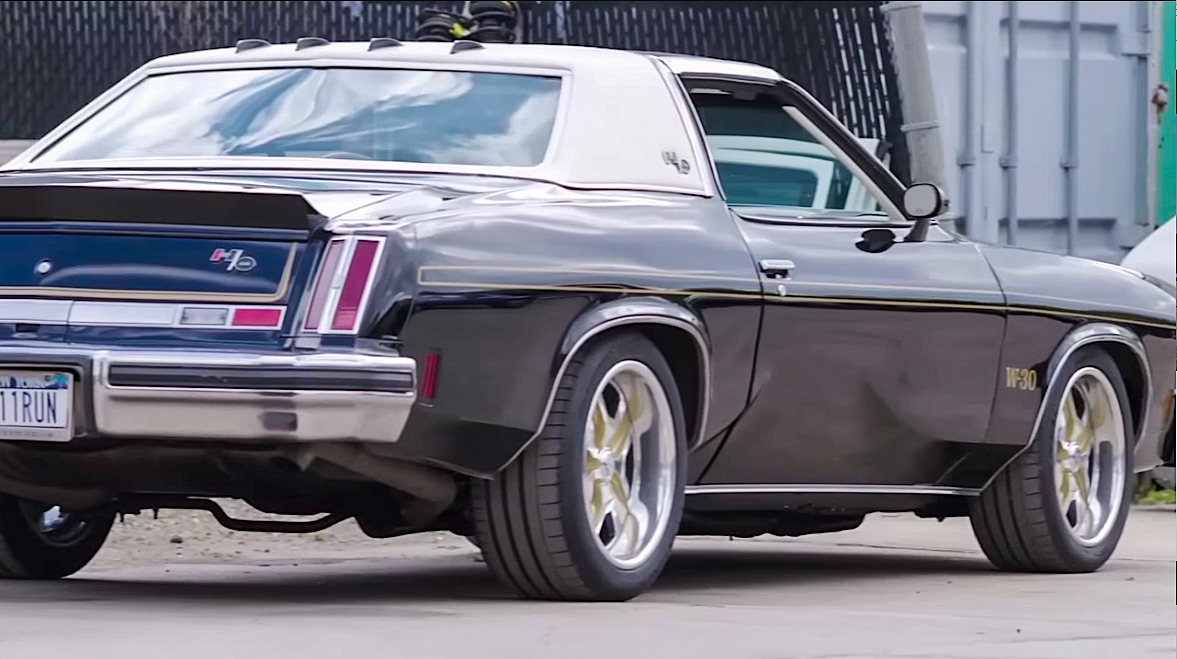For mid-’70s muscle car enthusiasts, the 1975 Hurst Olds was about as good as it got
The 1970s were a dismal time for American car enthusiasts, as the muscle cars—in their truest form—were dying off. The tire-shredding nameplates of the 1960s had vanished, and once-proud engines like Chrysler’s 440, GM’s 454, and Ford’s 429 were either killed off or evolved into anemic versions of their former selves. Then in the mid-1970s, OPEC (Organization of Petroleum Exporting Countries) began to limit oil exports to the U.S., thus kicking off the energy crises. That was followed by new CAFE regulations put in place by Congress. In short, the automotive world was changing, and it was a trying time for those who thrived on Detroit iron.
Realizing what was happening, the engineers and designers (mainly those at GM) decided to go for one last score by creating some of the coolest and most overlooked vehicles of the muscle car era.
Case in point is this 1975 W-30-equipped Hurst Oldsmobile. They’re rare, only 2535 were built, and out of those only 1193 were painted black. The ’75 Hurst came with a combination T-top/vinyl roof (dubbed the Hurst Hatch), a dual gate shifter, and some slick-looking hood louvers. As for the spoiler you see on the rear deck lid, that’s not a factory piece but an owner crafted addition. By today’s standards many of the design element on this car would be appalling. But this was 1975—the start of the disco era—and this was about as good as muscle cars could get.
The ’75 Hurst landed right in the middle of the Colonnade era (1973–77), which consisted of GM’s new A-body platform that was meant to take the Oldsmobile Cutlass (and other GM products) to the next level. With longer and sleeker bodylines, these big coupes came with a bit more flair than their predecessors, produced from 1968–72. The interiors were more luxurious, as well, and contained features like Strato high-back swivel bucket seats for easier entry and exit, along with more refined dash layouts and options. While performance was down in comparison to its late-’60s brethren, the new Cutlass (especially the Hurst-equipped version) was a looker.
One had the choice of two engines when ordering the ‘75 Hurst. W-25 equipped cars received a 350-cubic-inch small-block that produced 170 horsepower and 275 lb-ft of torque, while W-30 cars like the one here were treated to a 7.4-liter 455-cu-in big-block with a whopping 190 hp and 350 lb-ft of torque.
This particular car has been with its owner for the past 20 years. As he tells it, he paid $1200 back in 1998, and while the body was laser straight, he found a fair amount of rust. Did that discourage him in any way? Nope, not at all. In fact, he dismantled the entire car himself and learned a lot about how it was put together. That helped him later on, as he found himself dismantling it again and again as he modified it to suit his own particular tastes.

Now, before you start freaking out (and wondering “Why did the owner modify such a rare car?”), you need to understand that when he bought it 20 years ago, these cars were not in demand like they are today. Sure they were rare, but in New York State—where the car was purchased, where it snows, and where the streets are coated in salt in the winter—even rare cars like this one never stood a chance of an extended lifespan. Thus, the modifications began.
Knowing that power was a key part of the car’s persona, the 455 received a set of aluminum heads, an intake, a new cam, and headers. The original carburetor was then removed and replaced by a Holley Sniper EFI system, and a 250 shot of nitrous was added for those “just in case” moments. Getting power to the pavement is achieved via a beefed-up 200-4r transmission, which feeds horsepower through an aluminum driveshaft to a fully-built Moser 12-bolt rear end with 3.23 gears. According to the owner, we’re talking about 580 hp and 600 lb-ft of torque, numbers that are just right for a massaged 455-cu-in big-block.


The suspension and chassis were next. A custom made V-brace resides under the car for added stiffness, along with a fully adjustable coilover suspension and tubular control arms. A big 1 3/8-inch sway bar lives up front with a 1 1/8-inch bar out back, which helps to keep the car’s almost-4,000-pound curb weight in check. The stock brakes were also ditched in favor of large Wilwood disks with six-piston calipers up front and four-piston units in the rear. Then, to finish it off, a custom set of SSII Oldsmobile Rally Wheels by U.S. MAGS were added for that signature Oldsmobile look.
This ’75 Hurst Olds was not something that was pieced together on a whim, but instead was a passion project brought on to help the owner get through tough times. Is the car perfect? That’s not for us to decide. After driving it, however, I can say this: all of these cars, regardless of the state they’re in, help keep us grounded in a time that was a tad simpler.
